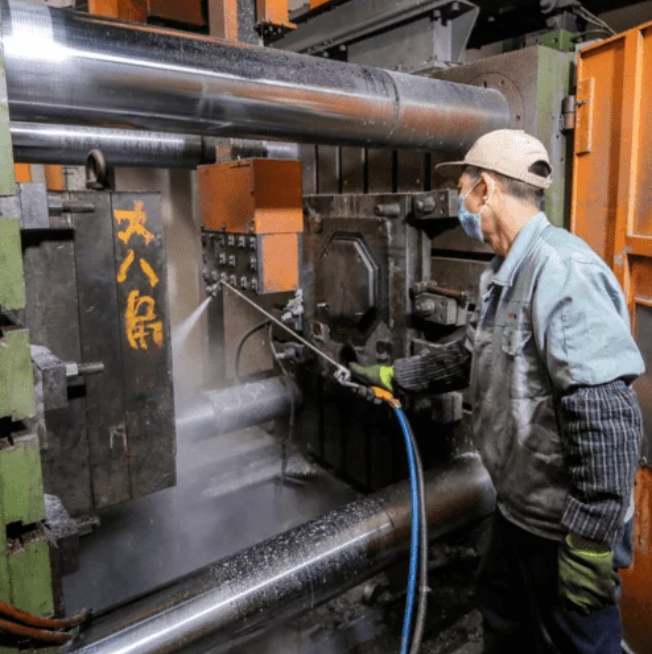Introduction
Prototype manufacturing plays a crucial role in product development as it allows designers and engineers to test and refine their ideas before mass production. Over the years, advancements in technology have revolutionized the prototype manufacturing process, making it faster, more accurate, and cost-effective. This article showcases some of the significant advancements in prototype manufacturing and their impact on product development.
3D Printing: A Game-Changer in Prototype Manufacturing
One of the most significant advancements in prototype manufacturing is the advent of 3D printing technology. 3D printing, also known as additive manufacturing, allows designers to create three-dimensional objects using computer-aided design (CAD) software. This technology has revolutionized the entire product development process by enabling rapid prototyping.
With 3D printing, designers can convert their digital designs into physical objects within hours. This speed drastically reduces the time required for prototype development, enabling designers to iterate and improve their designs quickly. Moreover, the ability to create complex geometries that would be impossible with traditional manufacturing methods unlocks new possibilities for product innovation.
Precision CNC Machining: Enhancing Accuracy
While 3D printing offers speed and flexibility, precision CNC (Computer Numerical Control) machining takes prototype manufacturing to another level by providing unparalleled accuracy. CNC machines utilize computer-controlled tools to remove material from a solid block, creating precise prototypes with tight tolerances.
With CNC machining, designers can achieve intricate details, smooth surfaces, and precise measurements that are crucial for evaluating the functionality and aesthetics of a product. This technology allows for the production of prototypes that closely resemble the final product, providing a better understanding of how it will perform and look in the market.
Advanced Materials: Diverse Options for Prototyping
Another significant advancement in prototype manufacturing is the availability of a wide range of advanced materials. Traditionally, prototypes were limited to basic materials such as plastics and metals. However, advancements in material science have introduced new options, including biodegradable polymers, composites, ceramics, and even living tissues.
These advanced materials offer designers more flexibility and enable them to create prototypes that closely mimic the properties of the final product. For example, if a product requires high strength, designers can prototype it using reinforced polymers or carbon fiber composites. This allows for more accurate testing and validation, leading to improved product performance and durability.
Integration of Internet of Things (IoT): Enhancing Prototypes’ Functionality
With the rise of the Internet of Things (IoT), prototype manufacturing has also evolved to integrate connectivity and smart features. IoT refers to the network of physical devices embedded with sensors, software, and connectivity, allowing them to collect and exchange data.
Prototypes can now be developed with IoT capabilities, enabling designers to test the functionality and user experience of connected products in real-world scenarios. Through IoT integration, prototypes can communicate with other devices, collect data, and provide valuable insights for product improvement. This advancement in prototype manufacturing allows designers to create products that are not only physical objects but also part of a connected ecosystem.

Cost Reduction: Democratizing Product Development
Advancements in prototype manufacturing have also contributed to cost reduction, democratizing product development. In the past, prototyping was an expensive process, often limited to large corporations with substantial budgets. However, with the introduction of technologies like 3D printing and CNC machining, the cost of prototyping has significantly decreased.
The ability to create prototypes quickly and affordably has opened doors for small businesses and individual entrepreneurs to participate in product development. This democratization of prototyping allows for more diverse and innovative products to enter the market, benefiting both businesses and consumers.
Conclusion
Advancements in prototype manufacturing have revolutionized product development, enabling designers and engineers to turn their ideas into reality quickly and accurately. Technologies like 3D printing, precision CNC machining, and IoT integration have significantly enhanced the prototyping process, offering speed, accuracy, functionality, and cost reduction. As these advancements continue, we can expect even more exciting possibilities in the world of product development, driving innovation and pushing the boundaries of what is possible.
-

- Penutup UAV komponen magnesium thixomolding berketepatan tinggi
-

- Bicycle Freehub 12/14/16 Inch Children Bike Low Rider Bikes Magnesium Aluminum Alloy Children Bicycle 3-8 Years Old In Stock
-

- Bahagian magnesium thixomolding penutup perumah komputer riba B
-

- Basikal Sukan Kanak-Kanak Berkualiti Tinggi Basikal Imbangan Kanak-kanak Basikal Kanak-Kanak
-

- Magnesium aloi die-casting garpu tegar untuk basikal
-

- OEM high pressure die casting magnesium alloy frame for bicycle

 0086-750-5616188
0086-750-5616188 +86 13392089688
+86 13392089688 sales@zhongmei-tech.com
sales@zhongmei-tech.com







